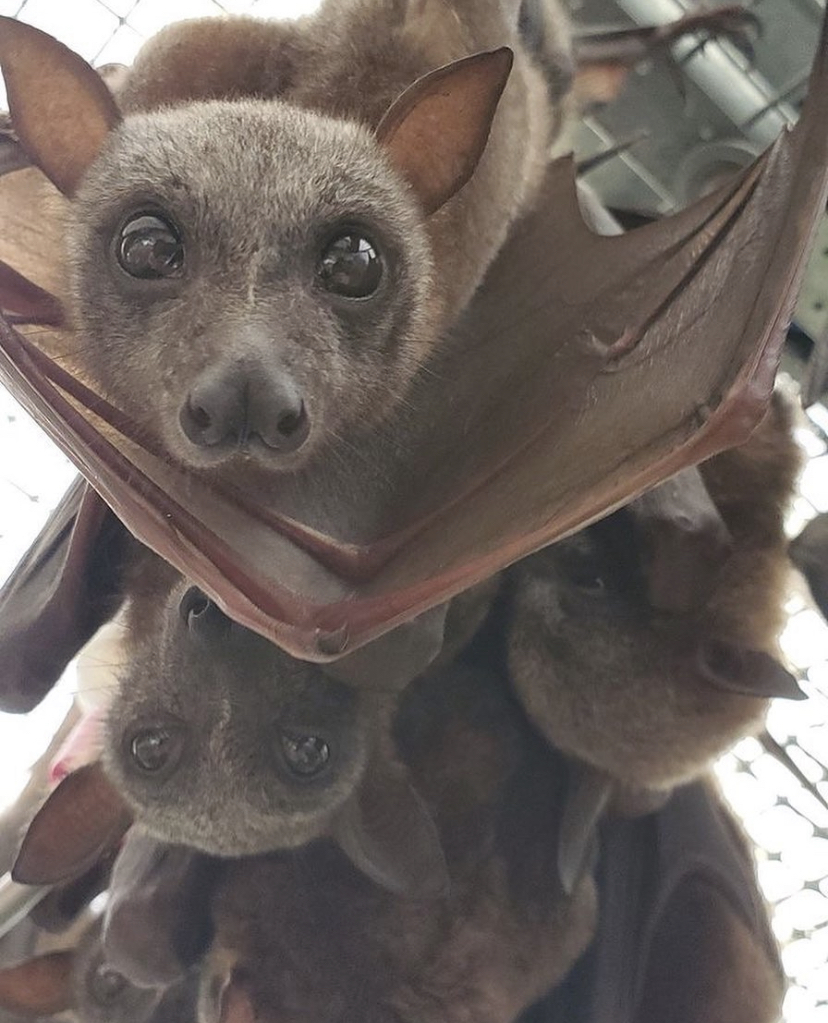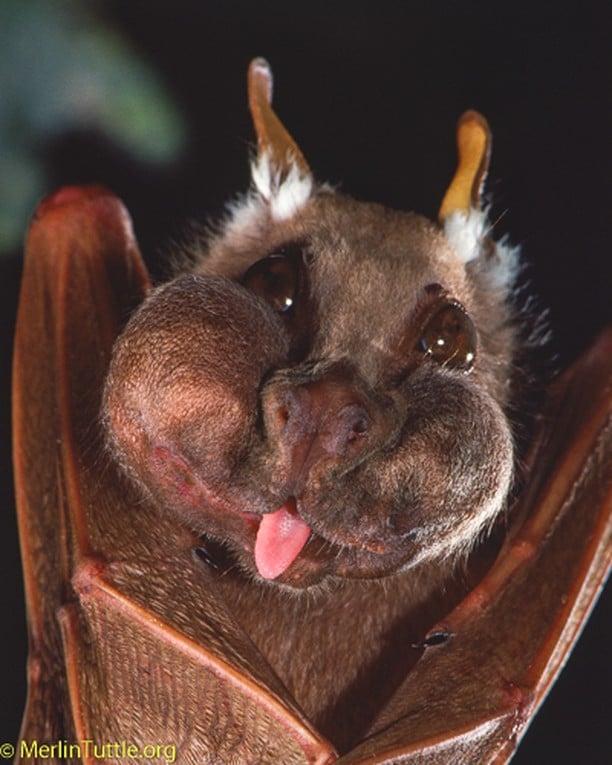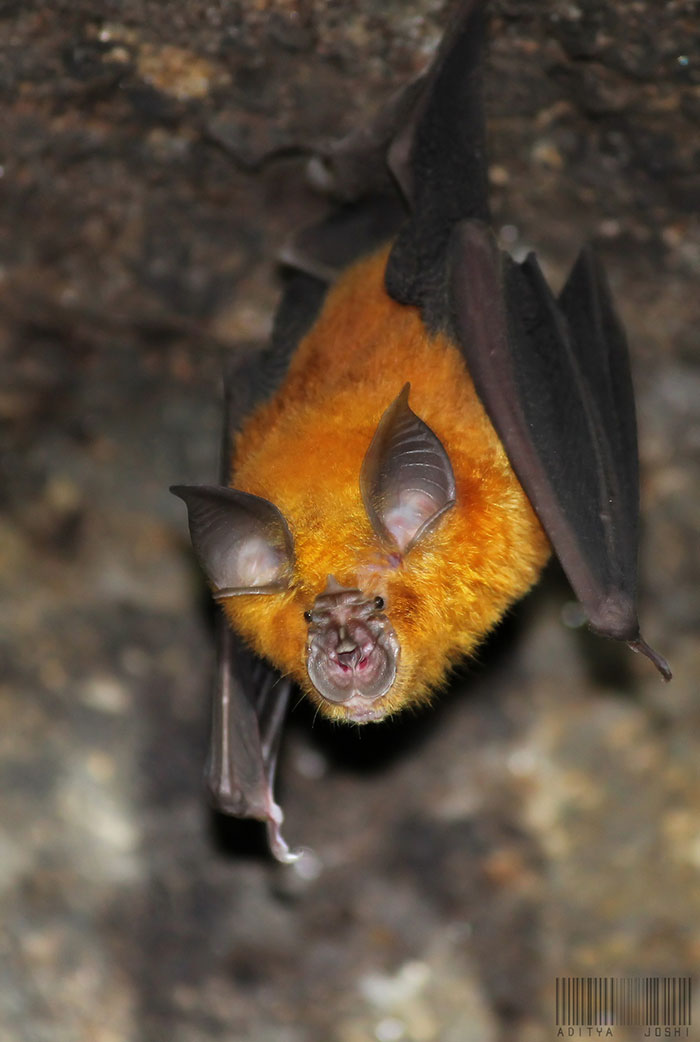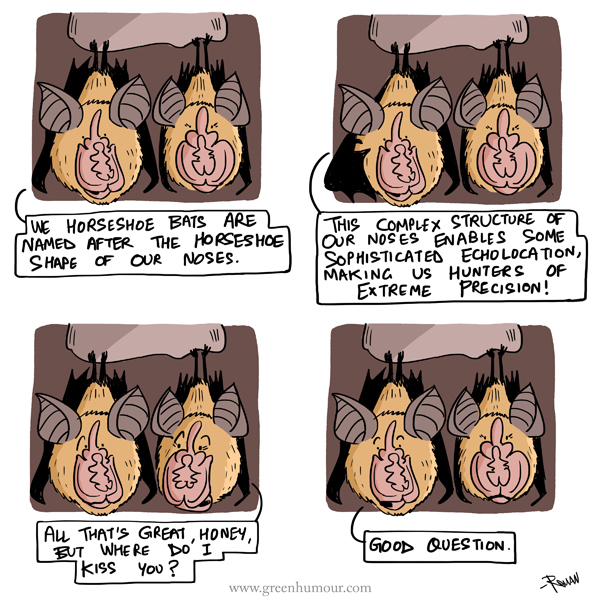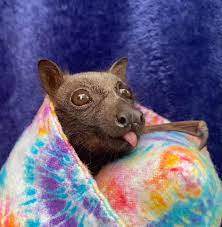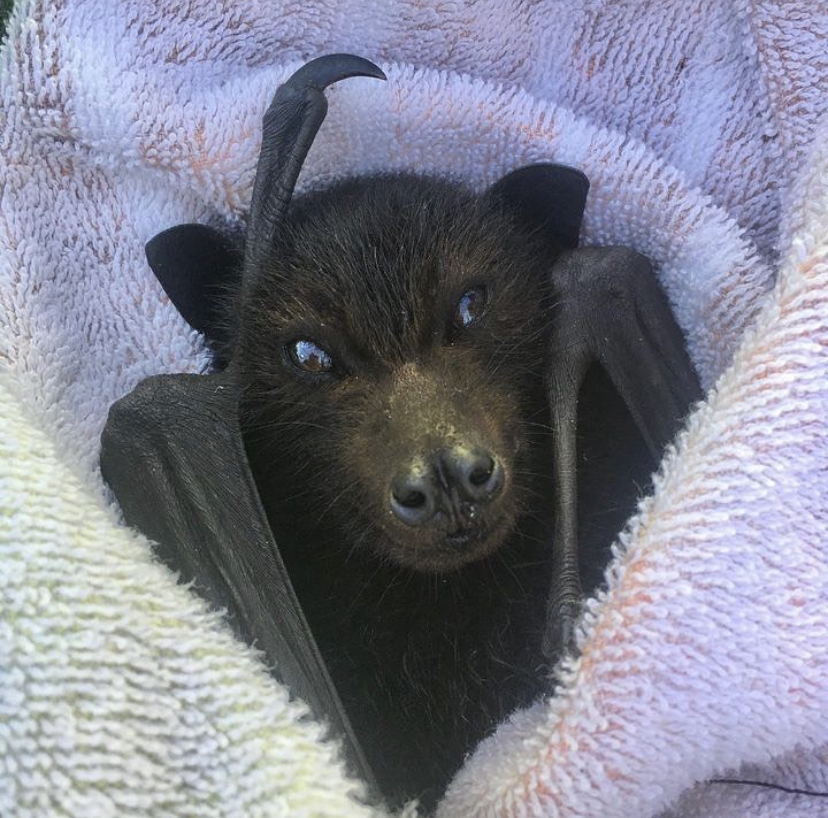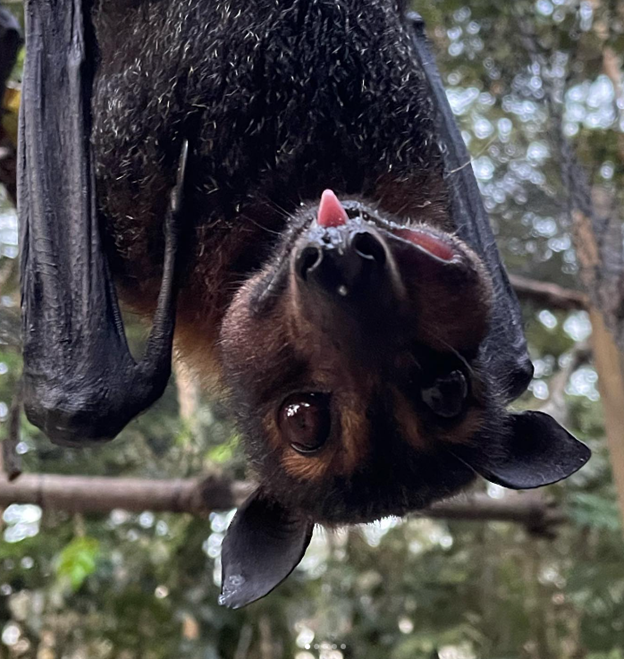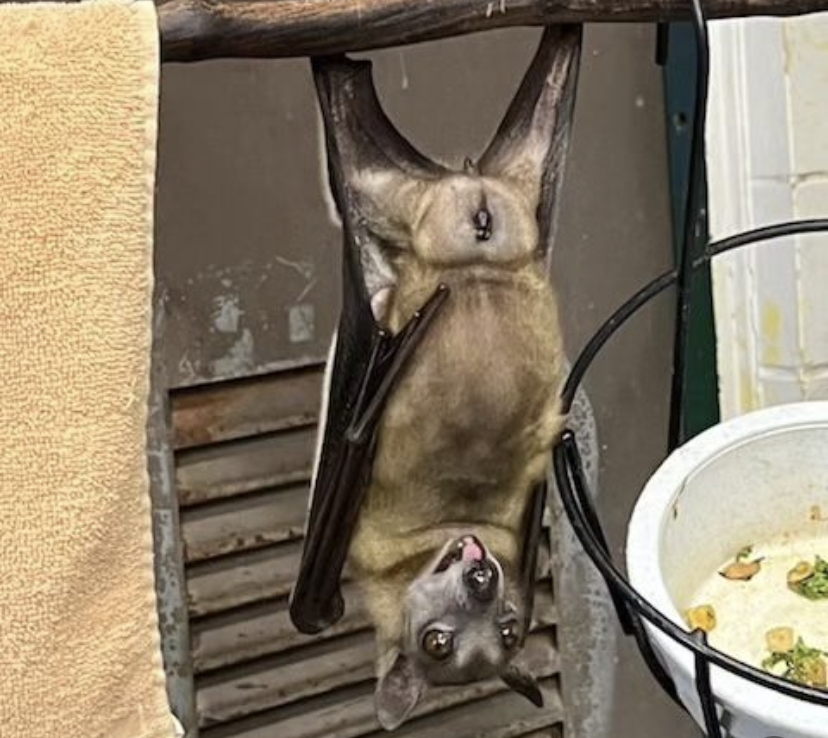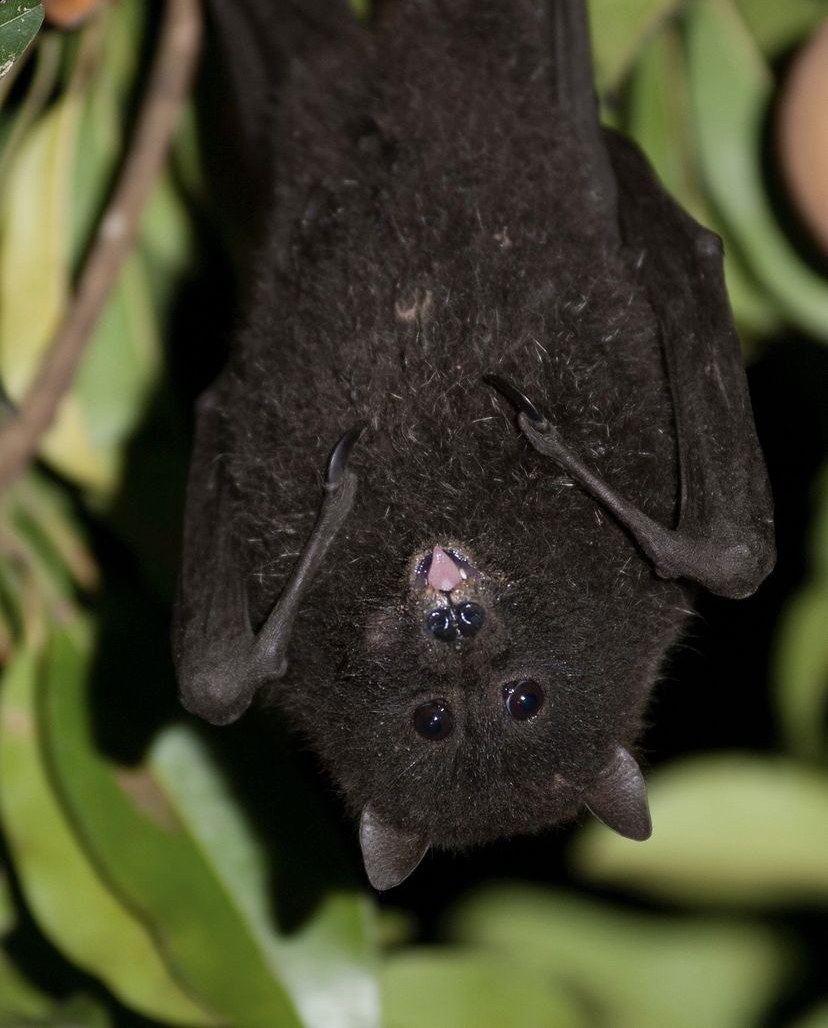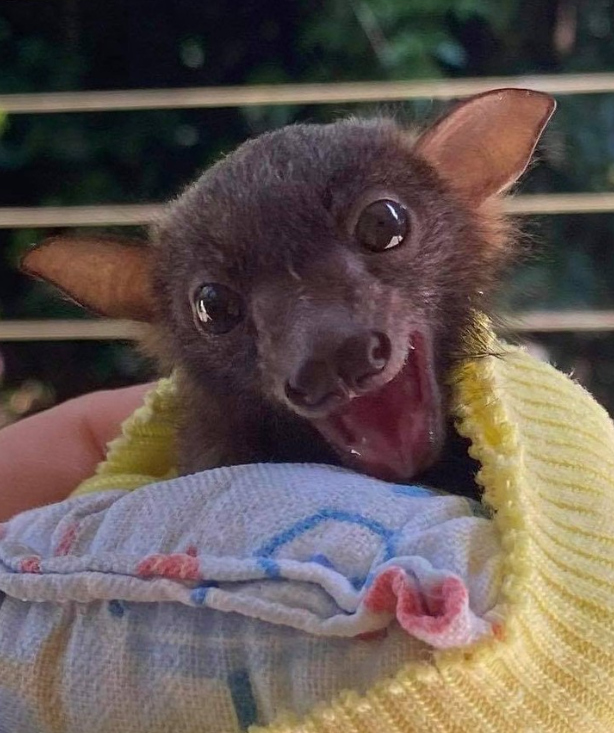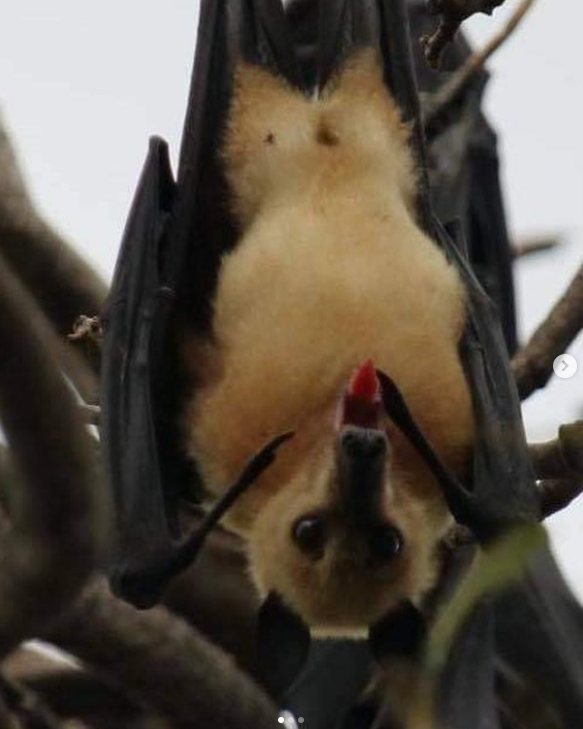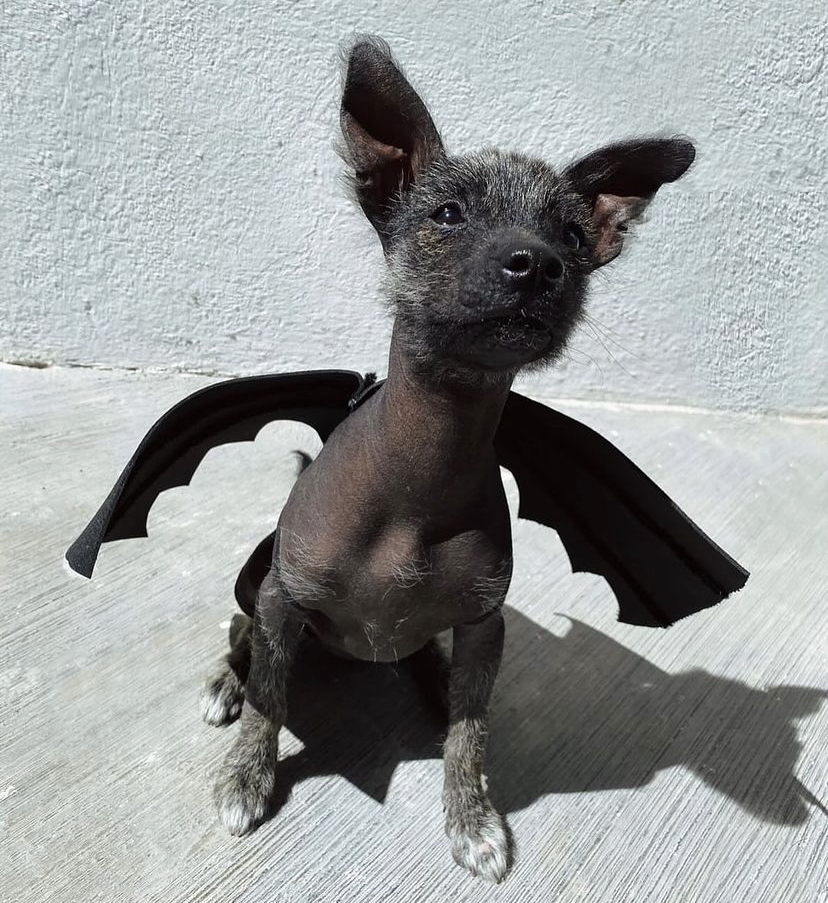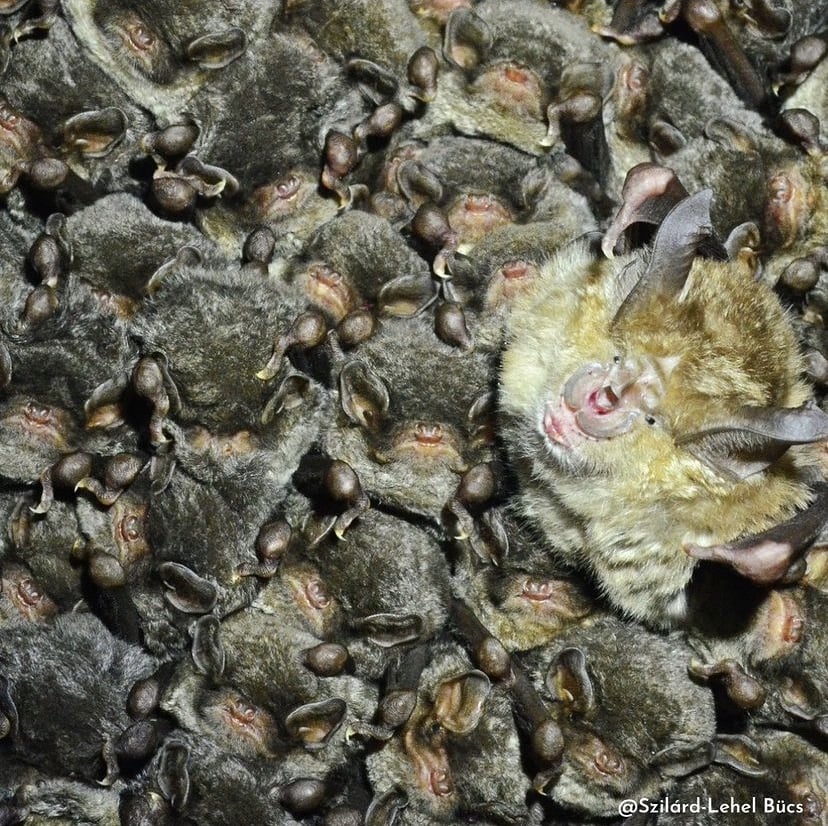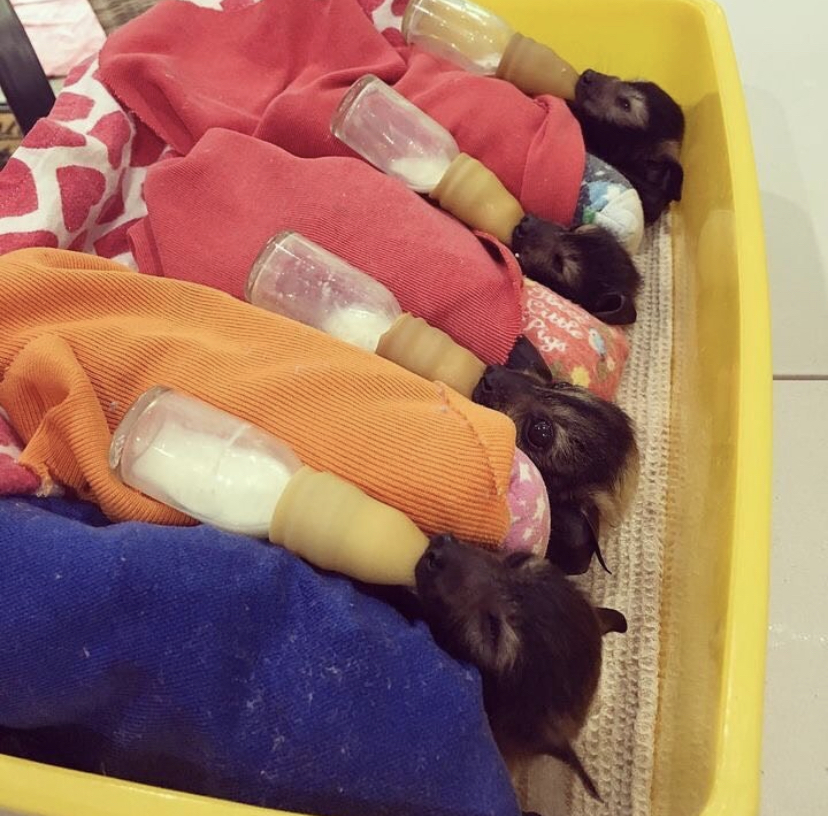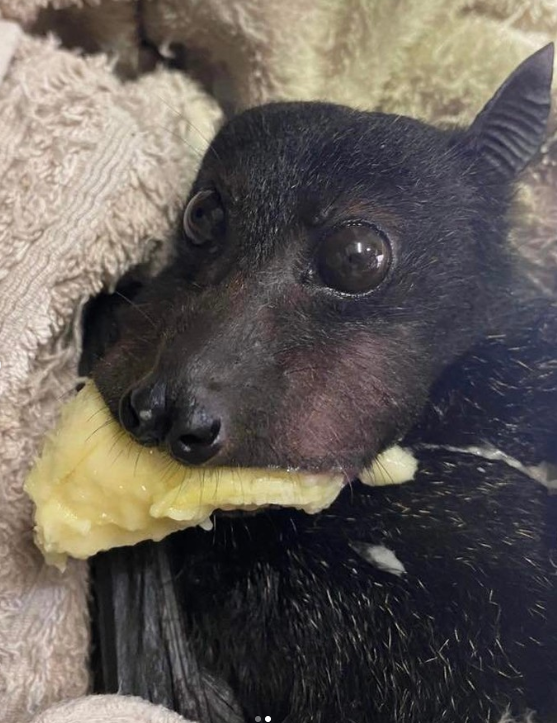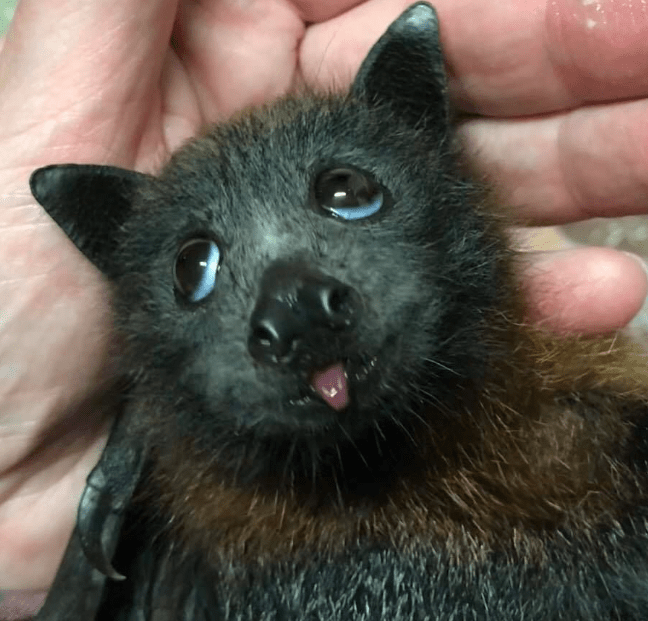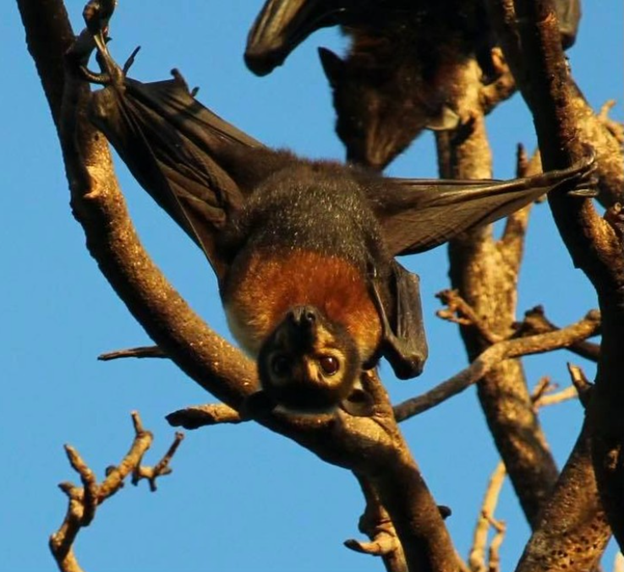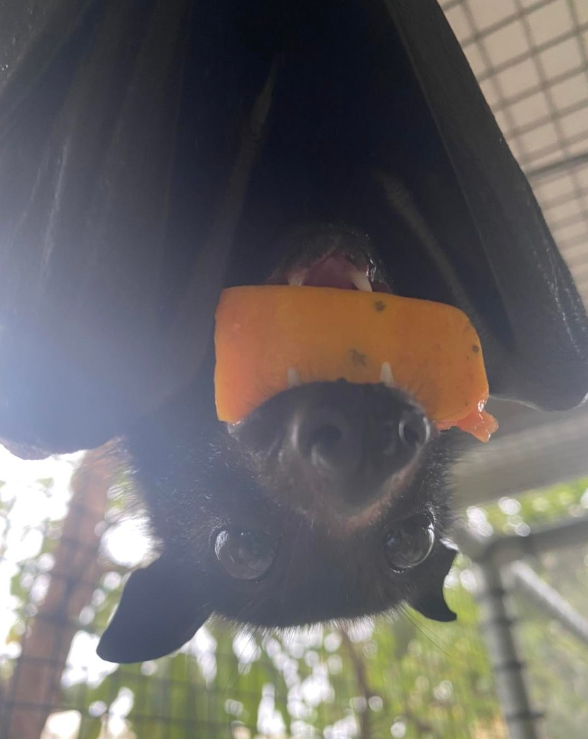Bats
Bats are cool
Bats are the only true flying mammals. There are over 1,400 species of bats, and they can be found on nearly every part of the planet. Not only are they cute, they are also important...
Studying how bats use echolocation has helped scientists develop navigational aids for the blind. Without bats’ pollination, seed dispersal, and pest control we wouldn’t have bananas, avocados, mangoes, agave, or cacao… that’s right, bats bring us tequila and chocolate!
Found a bat in need of help?
-
Do not handle it with bare hands! Bats can carry rabies.
-
Here's a map of worldwide rescues and temporary care instructions.
-
Bats should never be kept as pets: Here's why.
Celebrate bats with us!
Our community's mascot is Baxter. Baxter is an Egyptian fruit bat that was cruelly kept alone and confined to a small cage for 12 years before being rescued by a bat sanctuary. You can read the full story by clicking on his name.
Our rules for posting and commenting, besides the rules defined here for lemmy.world, are as follows:
- Be respectful and inclusive
Everyone should feel welcome here. Hateful or bigoted language will not be tolerated.
- No illegal or NSFW or NSFL content
Don’t post anything a fruit bat would not approve of.
- No bat hate
Please don't hate on bats in this community (this includes all of your edgy covid humor).
- No advertisement or spam
Bats don’t like spam.
Related Communities
Community Feedback and Moderation
For inquiry on becoming a moderator of this community, please send a message to the current moderators. Any feedback on the community should also be sent to the moderators.
